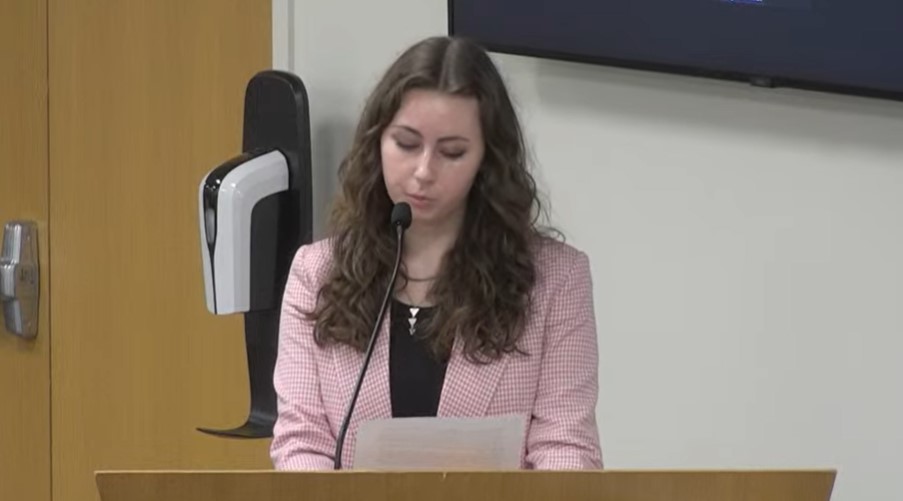Good morning! I’m Kara Gurl, Planning and Advocacy Manager at the Permanent Citizens Advisory Committee to the MTA (PCAC).
Today is yet another big day for Congestion Pricing, with the first meeting of the TMRB. It’s fitting that on this day in 1967, the first subway air conditioners were installed on the F— think of what we could do with Congestion Pricing! With major federal hurdles out of the way, now come the important decisions of prices, exemptions, credits, and more.
We urge the TMRB to move forward with few exemptions, which will help lower the toll for everyone else.
Together with the Congestion Pricing Now Coalition, we’d also like to see a per-ride surcharge paid for by riders on for-hire vehicle trips like Ubers and Lyfts, instead of a once-per-day toll. This will do more to help decrease congestion and raise funding for transit. This should not, however, apply to taxis, whose drivers have suffered financially in recent years. Buses used for transit should certainly be exempt, as they help achieve one of the main goals of Congestion Pricing: reducing traffic by getting drivers out of cars.
Transit improvements around the city will help so New Yorkers see that transit is their best way to get around. That means bus improvements like an offset bus lane on Fordham Road, made possible with continued partnership between the City and the MTA. Off-peak Subway service improvements are already helping, and we can’t wait to see more.
Transparency is also key with improvements to open data, so that naysayers can see details on how Congestion Pricing money is spent. We’re thankful that the MTA has made great progress on publicizing its data in more understandable formats following Senator Comrie and Assemblymember Carroll’s MTA Open Data law.
After working out the who, what, where, and when, New Yorkers will soon see the “why” of Congestion Pricing: cleaner air, faster buses and emergency vehicles, better transit, and less traffic. Transformative projects like the Second Avenue Subway, Interborough Express, Penn Access, systemwide signal upgrades, accessibility improvements like Mets-Willets Point, resiliency updates, lower transit emissions, station beautifications, ongoing maintenance, and more are depending on the critical capital funding that Congestion Pricing will bring to the MTA. Thank you.
